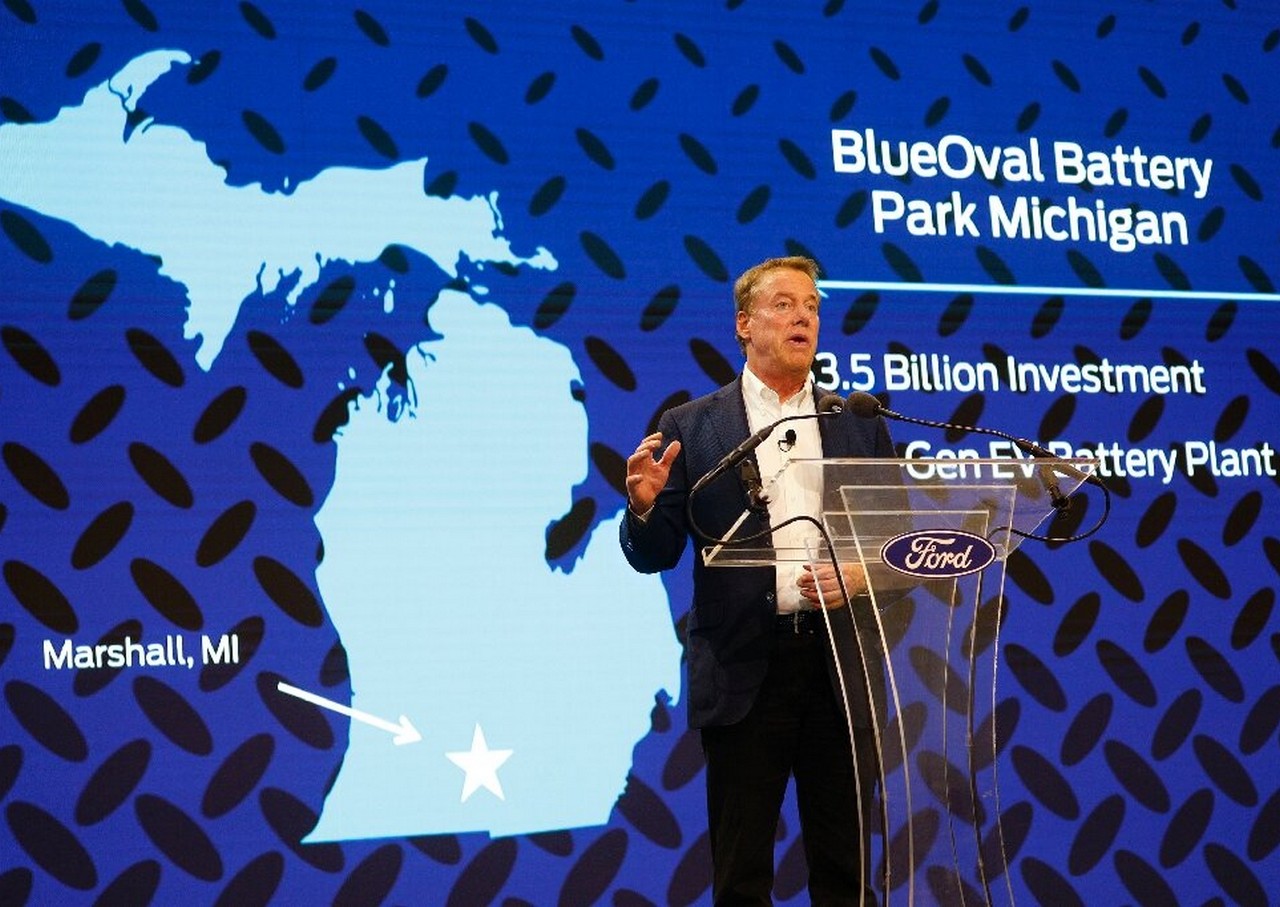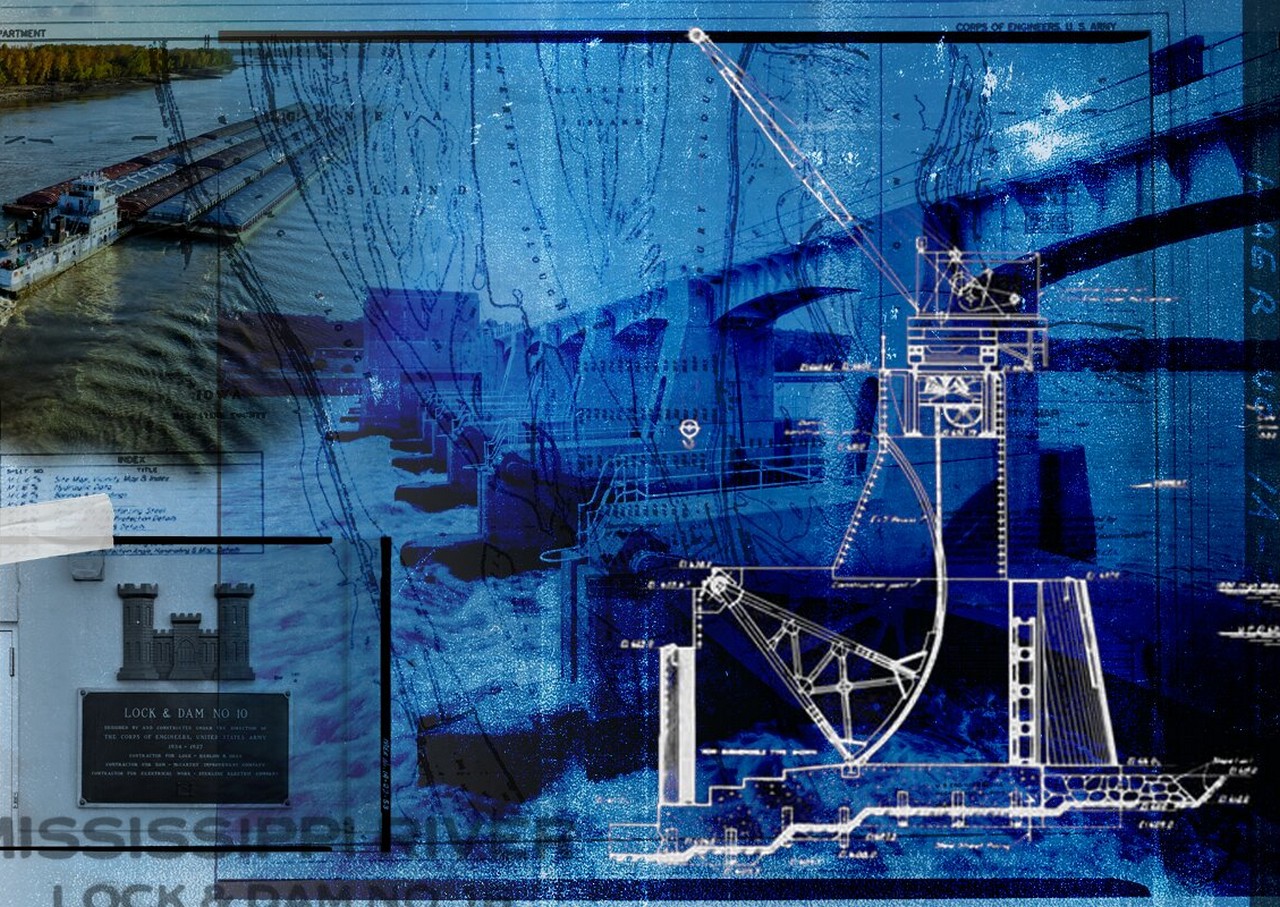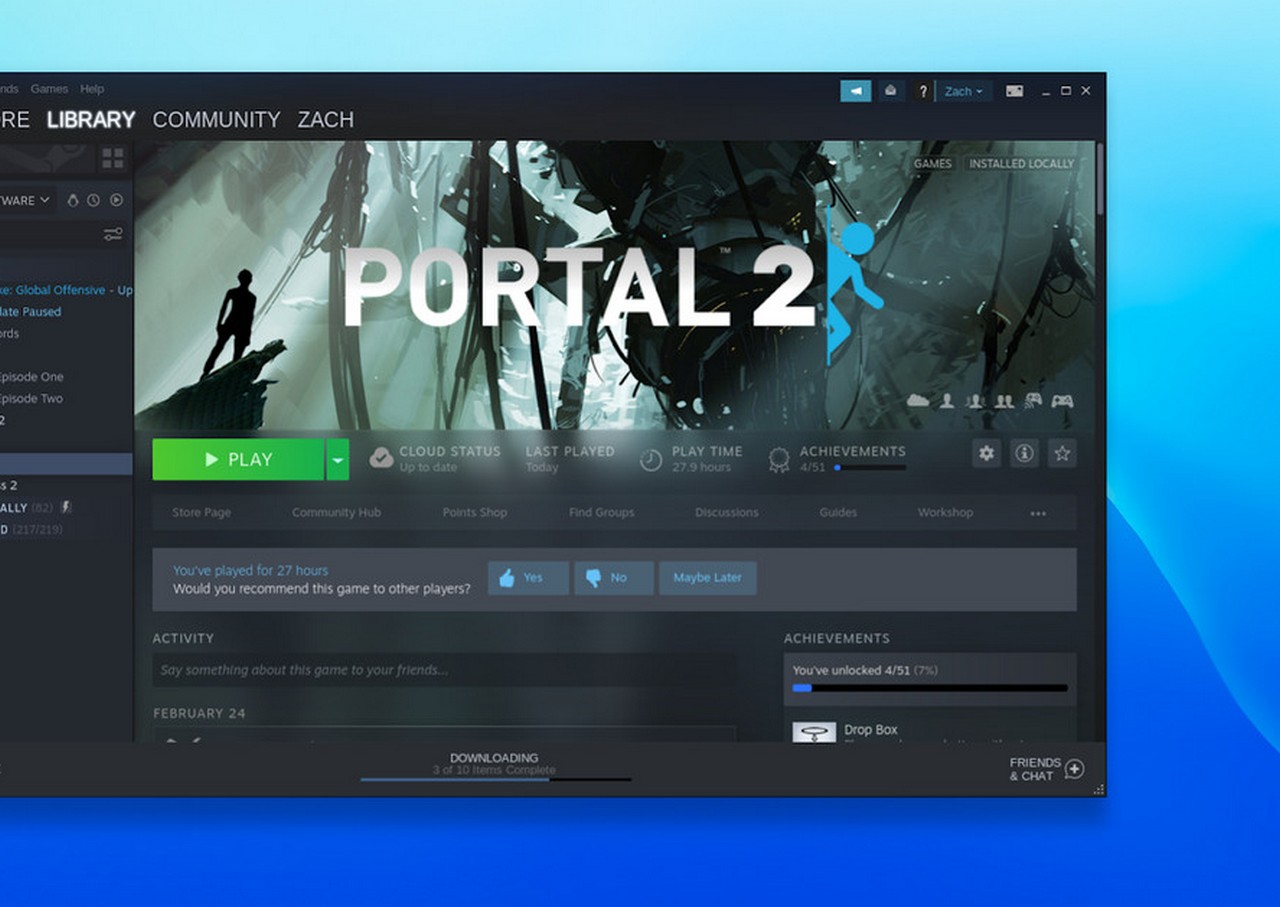On the Higher Mississippi River, a system of locks and dams retains the artery between Minneapolis and St. Louis open and the U.S. economic system pumping. Barges haul round 175 million tons of freight, together with 60% of the nation’s grain exports, throughout the waterway annually.
However a long time of use, freeze-and-thaw cycles and floods have taken a toll on infrastructure 30 years previous its life expectancy. Shutdowns for upkeep and repairs have elevated, inflicting extra delays and bottlenecks for shippers.
Yoshinori Suzuki is a transportation knowledgeable and the Land O’Lakes Endowed Professor of Provide Chain Administration at Iowa State College. His newest analysis proposes a brand new funding mannequin for a serious rehabilitation of the 27 locks and dams on the Higher Mississippi. It depends on a collective funding from all—or no less than most—of the shippers, together with authorities funding. Suzuki’s findings point out the public-private partnership would repay within the long-run.
In his newly printed paper in Transportation Journal, Suzuki pointed to a different examine that analyzed U.S. Military Corps of Engineers knowledge. It confirmed the % of delayed vessels jumped from 35% in 2010 to 49% in 2017.
“These delays are an enormous value for shippers. They both have to attend till the issue is mounted, which could possibly be hours or days, or unload their cargo onto trains or vans, that are dearer options,” stated Suzuki. “When shippers can use them, barges are essentially the most economical mode of transportation.”
In response to the Iowa Division of Transportation, a typical inland barge can haul 1,750 tons. Transferring the identical quantity requires 16 rail automobiles or 70 giant semi-trailers. Earlier analysis exhibits barges use much less gasoline to maneuver a ton of cargo a mile.
However with no main rehabilitation of the Higher Mississippi, Suzuki stated the frequency of delays and reliance on rail and vans will proceed to extend. Larger transportation prices could possibly be handed on to producers and shoppers.
“The stakeholders all acknowledge the necessity for a serious improve to the infrastructure on the Higher Mississippi. The problem has been determining the way to pay for all of it,” stated Suzuki.
The U.S. Military Corps of Engineers and Iowa DOT estimate a price ticket exceeding $1 billion. The Bipartisan Infrastructure Regulation enacted in 2021 allots cash for inland waterways. Nonetheless, Suzuki emphasised there are lots of locks and dams within the U.S. that want enhancements. It is unlikely the federal funding shall be sufficient for all the Higher Mississippi infrastructure.
Non-public funding may fill the hole, stated Suzuki.
Discovering the candy spot
“Theoretically, shippers must be prepared to pay as much as the quantity that equals the monetary harm from delays and disruptions with the present state of the locks and dams,” stated Suzuki. “If their aim is to maximise funding returns, there must be a candy spot for investing in enhancements.”
Suzuki stated discovering this candy spot required solutions to 2 questions: What monetary prices are shippers incurring with the present system? How a lot do these monetary prices lower when the system turns into extra dependable?
He developed a theoretical math system and mannequin utilizing knowledge from the Iowa DOT and U.S. Military Corps of Engineers, and interviews with three shippers and a third-party logistics supplier. Suzuki then ran simulations of Higher Mississippi site visitors flows by means of 27 completely different eventualities.
“My calculations present that if shippers paid for 60%-80% of the rehabilitation undertaking, the funding return they might get from saved prices can be maximized. It could double or triple in 20-40 years,” stated Suzuki, including that it could be equal to investing with a 3%-5% annual rate of interest.
Suzuki’s findings point out the payback interval could be eight years or much less, however he stated the timeframe could possibly be longer if the shippers wanted to borrow cash to pay for the infrastructure undertaking. He added that, not like another proposals, his funding mannequin wouldn’t embody person charges or tolls at locks and dams, which might require modifications to federal rules.
Past the maths
Suzuki’s mannequin shows a sublime answer. However he acknowledges placing it into follow comes with extra hurdles.
“Ideally, everybody who makes use of the waterway must be investing. In follow, convincing all of them could also be a problem and would require a variety of outreach to elucidate how this may profit them in the long term,” he stated.
Suzuki stated it could be mandatory to ascertain a single level of contact to tug collectively funding and characterize all the shippers when working with state and federal businesses. This might take the type of a nonprofit member cooperative. Another choice can be hiring a third-party monetary agency.
Since giant shippers would profit extra from the rehabilitation undertaking, Suzuki stated the taking part corporations would want to agree on a option to break up the funding prices equitably. They could additionally wish to work with federal or state governments to create tax incentives to spice up participation and stop free-riders.







